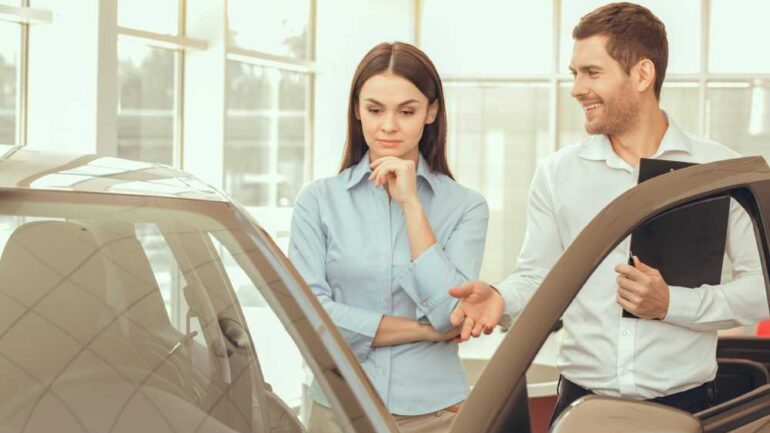Paddle mixers are a blender that uses large paddles to mix dry ingredients. They can be used with various mixes, including bakery products, chemicals, pharmaceuticals, medical plastics, and other sensitive materials.
They also offer operator-friendly features, including PLC recipe controls for batch-to-batch consistency and data logging. Other options include safety grating, security drip trays, and bag dump stations.
They are a type of mixer
Paddle blenders are a mixer that uses large metal paddles attached to a central shaft to lift and mix ingredients. They are best suited for blending dry, brittle materials such as grain and powders and non-directional liquid or slurry mixes. They can also be used to mix sensitive pharmaceutical materials.
Paddle blenders can be designed to operate at varying temperatures and pressures and can be equipped with optional spray nozzles, CIP, PLC recipe controls, batch weigh scales and sight gages. These units are compact, durable, and easy to operate and maintain. They have minimal vibration, are low-noise, and offer high safety with built-in overload protection.
The masticator paddle blender is commonly used in clinical and environmental laboratories to homogenize samples without cross-contamination. The paddles of the masticator blender combine crushing and stirring to ensure that seated organisms are thoroughly dispersed within the diluent. This homogenization method is preferred for food, cosmetic and pharmaceutical laboratories because it is more effective than simple mixing. It is also suitable for removing organisms from swabs, tissue biopsies, filters, and fecal samples. The masticator also provides a controlled, closed system that prevents contamination during the process. This ensures that all samples are free from bacteria and other contaminants.
They are a type of blender
Paddle blenders are an agitator designed to mix dry materials such as powders or grains. They can also be engineered to cook and blend simultaneously and are used for gentle applications like coating nuts or creating slurries. They can also create deliberate swirls, such as caramel ribbons running through ice cream or colored swirls in concrete or stucco. They come in sizes ranging from 5 cu ft to 500 cu ft.
A double-paddle blender uses two paddles on counter-rotating shafts. Each paddle lifts material up and to the right or left, but since they rotate quickly, pile formation is minimal. They can also be adjusted to produce different agitation profiles for mixing various materials.
A rotary shell blender, a V-blender, is ideal for blending free-flowing materials. Its design allows for quick discharge of the material by opening the wings of the metal V as it rotates. It can be fitted with a central or end-discharge valve. In addition to the rotary design, it can be equipped with several options, such as sight gages and batch weight scales.
They are a type of agitator
Unlike mixers with blades that rotate to mix ingredients, paddle blenders use rectangular-shaped paddles that scoop and stir ingredients. They are ideal for mixing powders, grains, and granules. They are also helpful in preparing soups and other liquids. They are available in various sizes and are often used in food processing, manufacturing, and research facilities.
Paddle Blender Bags
Laboratory paddle blenders are a standard tool microbiologists use to extract and wash intact bacteria into solutions for analysis. They function through pressure and motion to expel bacteria and other microbes from solid samples, which are then circulated into a solution for accurate downstream analysis.
These agitators can be fitted with various options and accessories to fit your needs. For example, they can use spray nozzles for CIP cleaning and other process controls. In addition, they can have PLC recipe controls for enhanced batch-to-batch consistency and data logging. If you need a high level of sanitation, you can opt for a hybrid agitator, which combines the figure-8 movement of a paddle mixer with the scrubbing action of a ribbon blender. In addition, hybrid agitators feature a split-ribbon design that provides greater surface area for blending than continuous ribbon elements.





